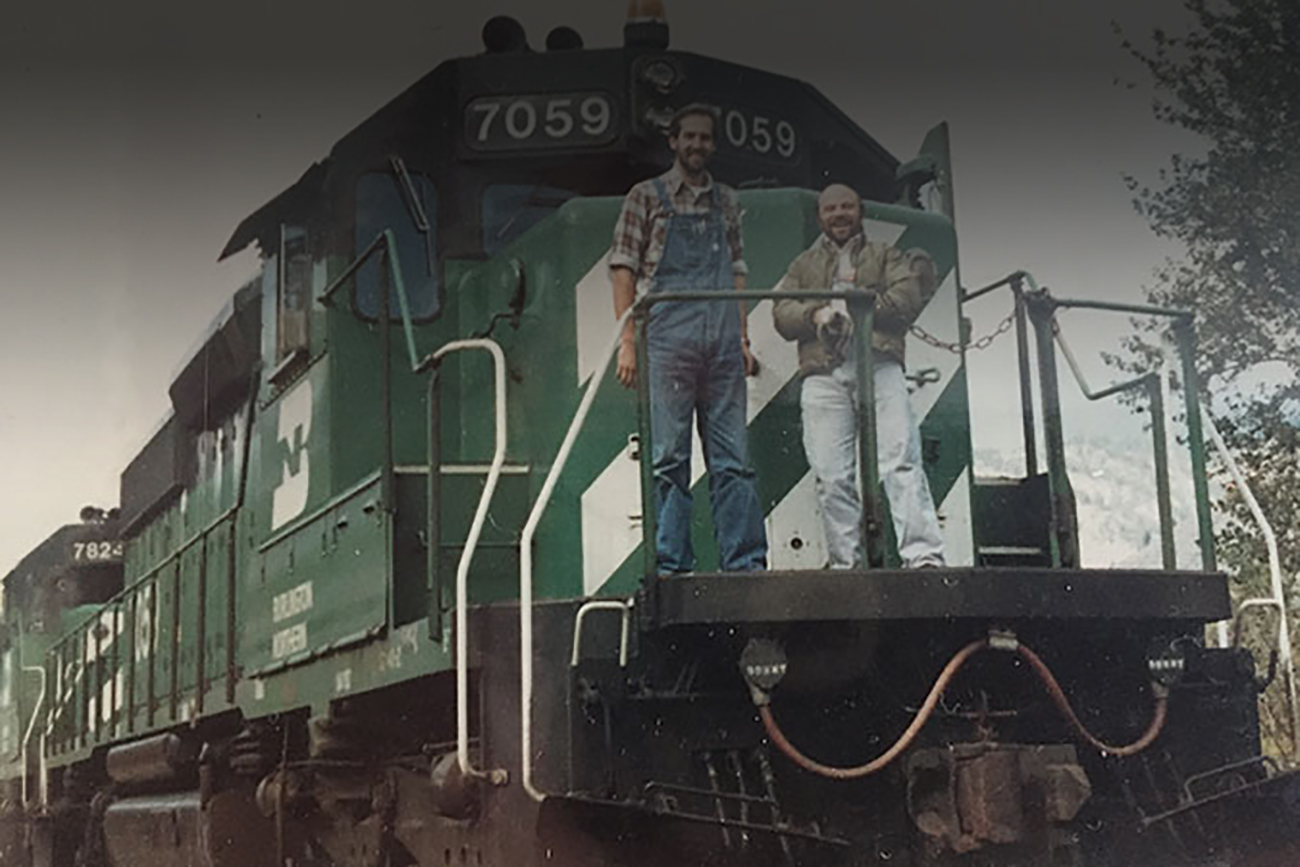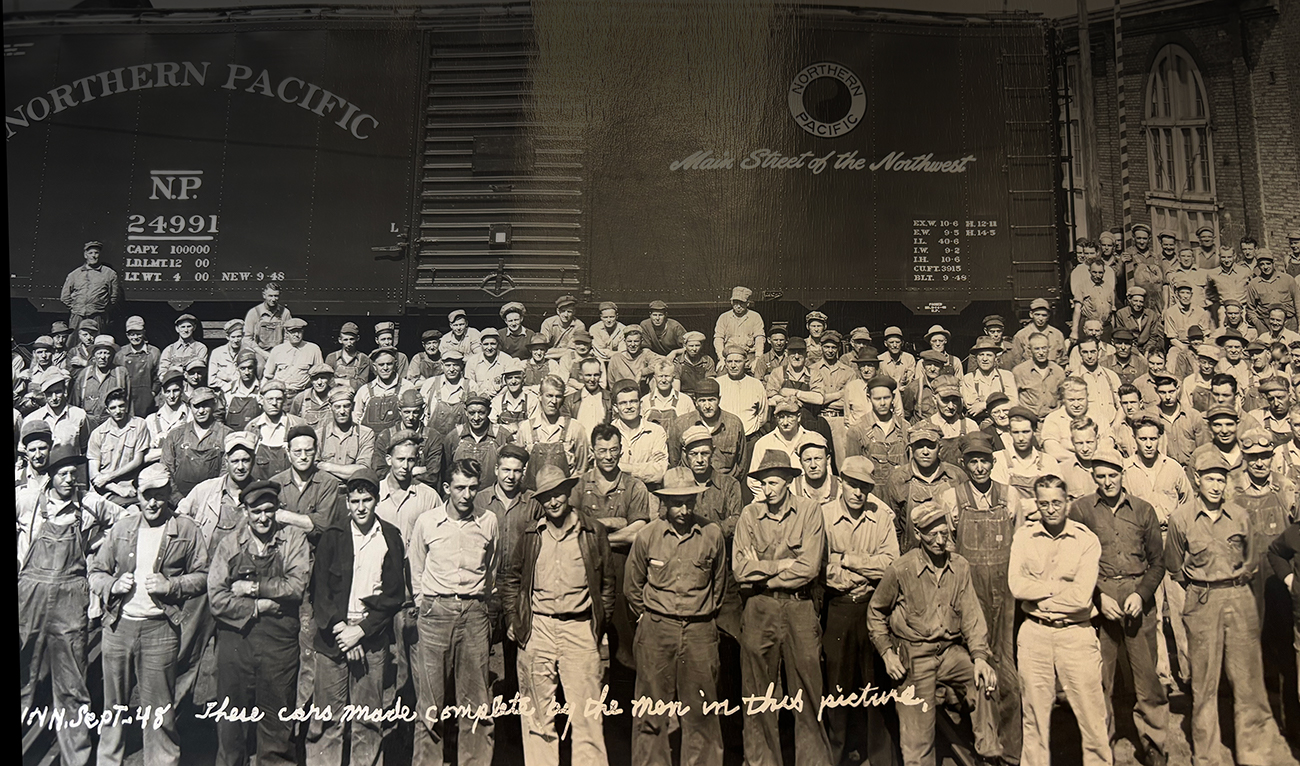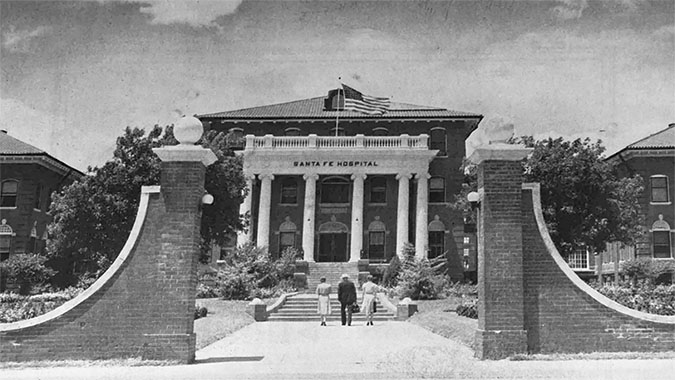
How BNSF predecessor railroads helped shape modern healthcare
By JEREMIAH VALENTINE
Staff Writer
Baylor Scott & White is one of the most notable hospital networks in the country, and its name originated from two legendary railroaders. That’s because BNSF predecessor railroads served as a guiding force behind the development of modern-day corporate healthcare.
Through the early years of expansion, railroads hired doctors and built hospitals to provide healthcare for workers. Gulf, Colorado and Santa Fe Railway (GCSFR) was a trailblazer in employee care, becoming one of the first railroads to introduce a companywide, employee-funded health plan.
Over time, railroad surgery developed, and because the specialty required treating patients in the field, railroads created railcars that functioned as examination and operating rooms.
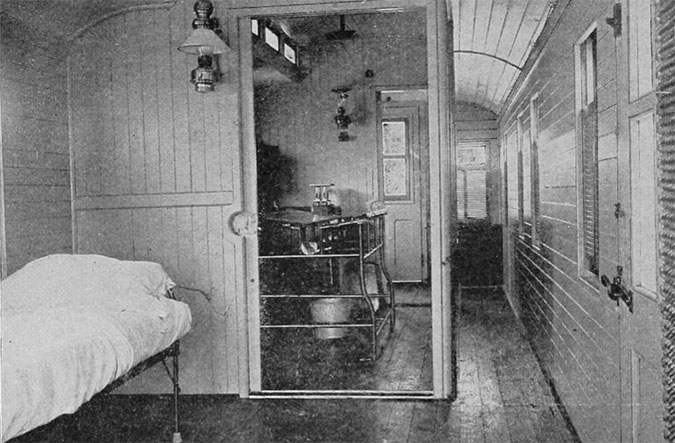
They also adopted hospital cars, a practice carried over from the Civil War. These offered a fully stocked operating room and holding area for up to four patients. The purpose was to stabilize patients before sending them to a regular hospital.
Railroad physicians played a role in the development of first-aid kits, medical transportation devices and pre-employment examinations, which improved occupational safety. The kits contained medicines and sterile dressings, with training provided to workers by doctors.
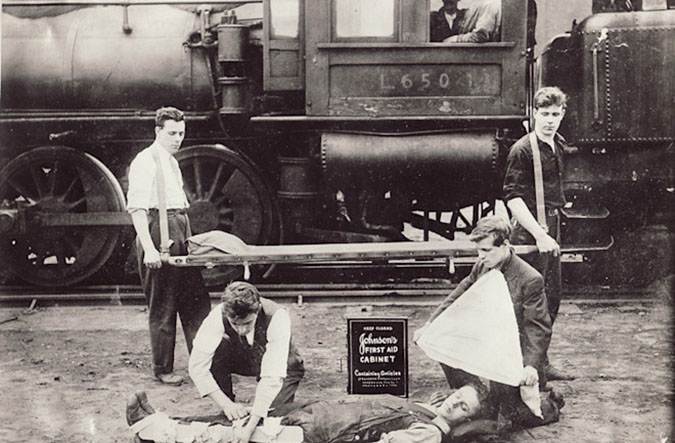
Railway doctors didn’t limit care to work-related injuries. They performed elective surgeries, routine checkups, baby deliveries and advised railroad officials on sanitation, safety and public health. Their work advanced emergency medicine, occupational medicine and public health practices, helping to lay the groundwork for today’s health care.
Railroads also built hospitals for employees that pioneered U.S. employer-based healthcare by providing organized medical services and creating early health insurance models. The first Atchison, Topeka and Santa Fe (ATSF) hospital opened in Las Vegas, New Mexico, in 1884. Over the next four years, ATSF opened hospitals in Ottawa, Kansas, La Junta, Colorado, and Fort Madison, Iowa. In 1892, the GCSFR opened the Temple, Texas, hospital.
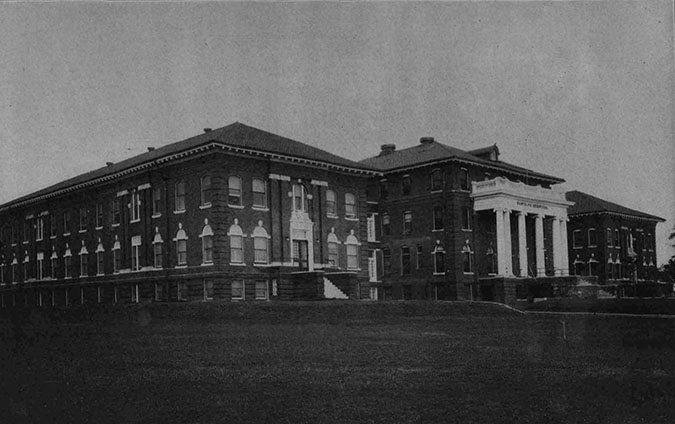
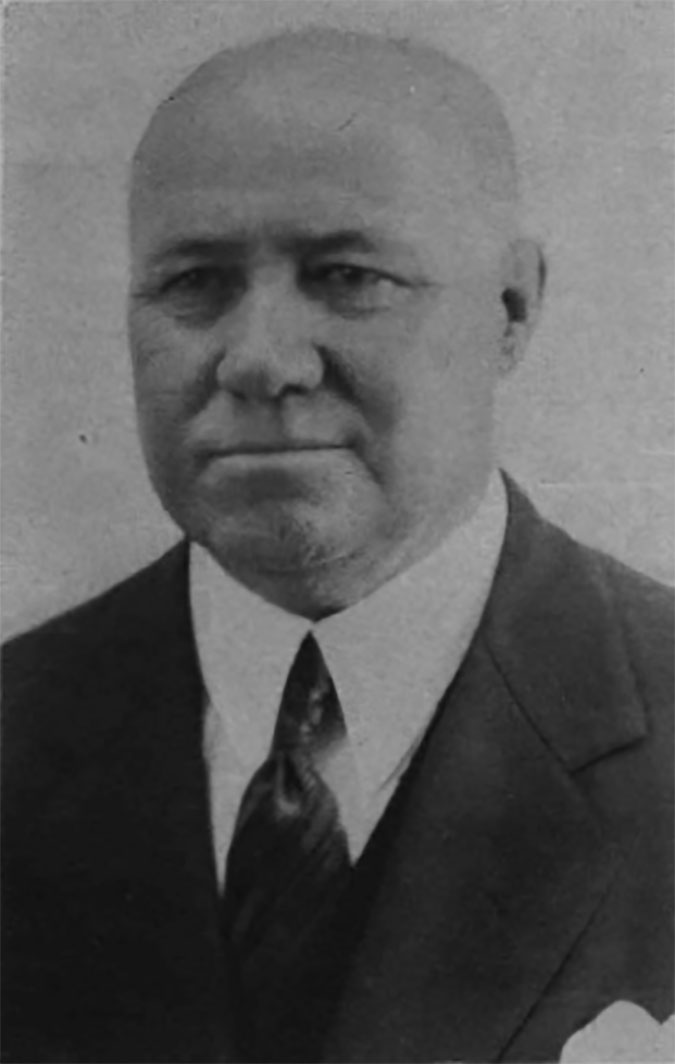
Dr. Arthur Carrol Scott was chief surgeon for ATSF in 1892 and made many contributions to the field, including developing the hot cautery knife still used in cancer surgery.
In 1897, Scott appointed Dr. Raleigh R. White as Santa Fe Hospital house surgeon, forming a partnership of joint chief surgeons. In 1922, the two opened a hospital together that was eventually renamed the Scott and White Memorial Hospital.
The Santa Fe Hospital exclusively served railroad employees until 1966. In 1983, It merged with the Scott and White Memorial Hospital, which evolved into the Baylor, Scott and White Health system.
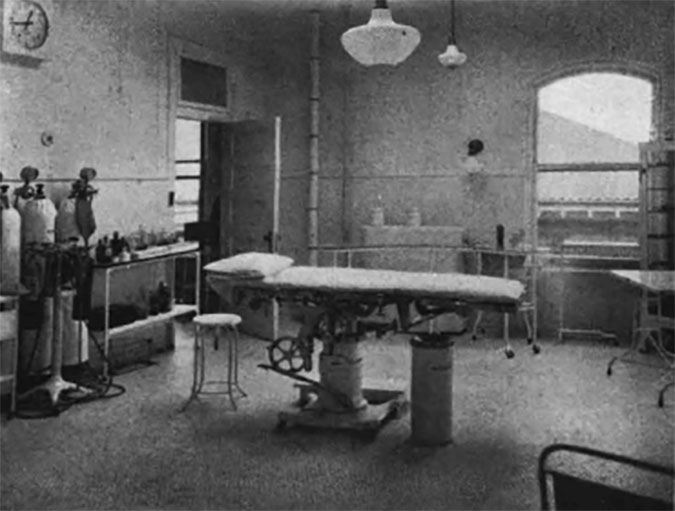
The legacy of railroad doctors continues. BNSF has a medical team focused on programs that benefit our employees and improve safety. That team collaborates with other railroad medical teams, a tradition started in 1888, when railway surgeons began sharing best practices, eventually forming the National Association of Railway Surgeons. Today, BNSF’s Chief Medical Officer Dr. Theodore Aquino meets physicians from all Class I railroads to discuss industry health and safety issues and share medical best practices.
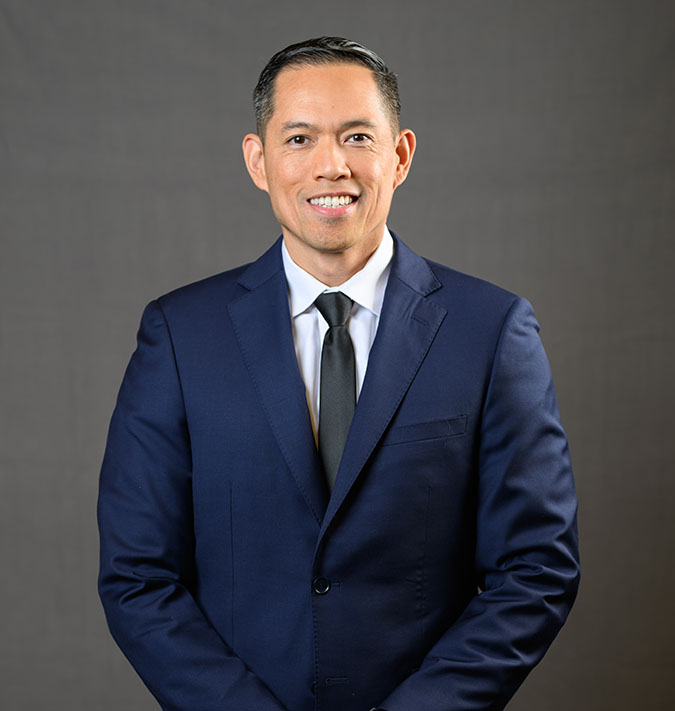
Additionally, Aquino leads specialized BNSF teams that provide a range of services, including management of drug and alcohol programs, fitness for duty evaluations, overseeing medical equipment and administration of physical exams by a network of providers.
“We work to ensure that our employees have programs to support their ability to thrive in the workplace,” Aquino said. “My team works day in and day out to make sure we are the safest railroad in the industry.”
